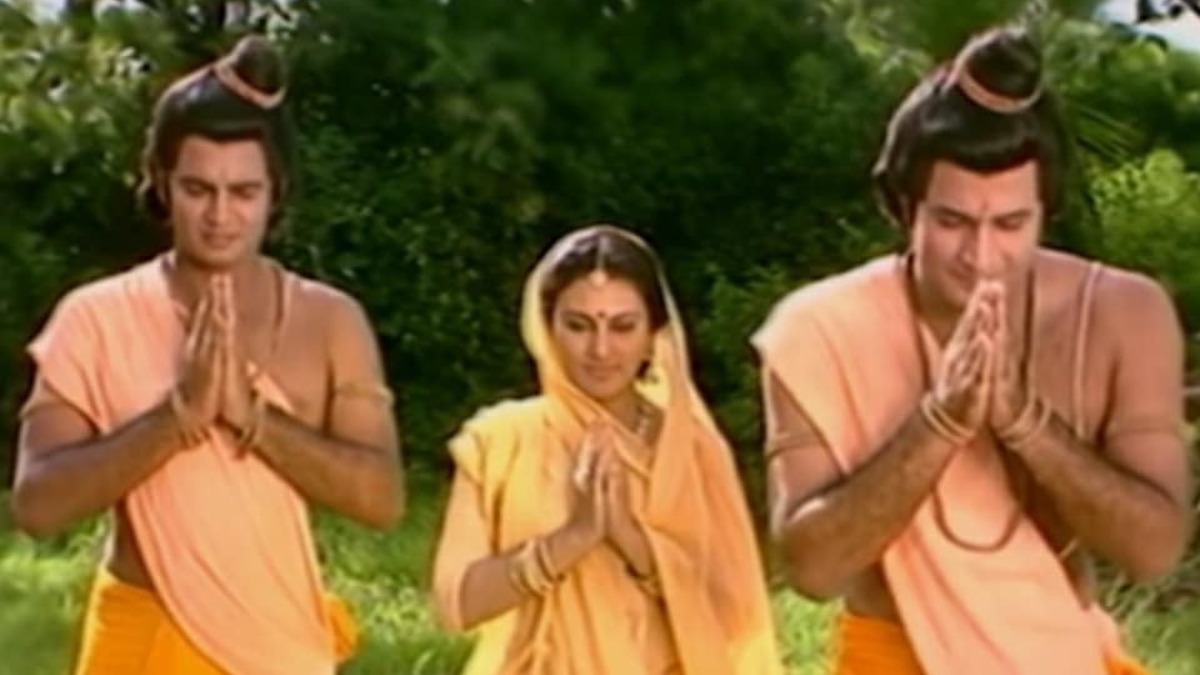

As Arvind Rajagopal, professor of media studies at NYU and author of the book Politics After Television, explains, in cities across northern India public life ground to a halt. The Ramayana’s special place in India’s cultural memory explains why the TV series became a phenomenon, but no one could have predicted that the Ramayan would become a participatory, weekly act of devotion. In the run-up to Diwali (this year on 27 October), Ramlilas – folk plays of the Ramayana – are performed in schools, halls, markets, and on street corners, in cities, towns and villages, just as the nativity is celebrated before Christmas among Christian communities. The victory of light over dark and Lord Ram’s return home to the kingdom of Ayodhya is the basis of Diwali, the festival of light celebrated by Hindus, Sikhs and Jains, that also marks New Year for some communities. What this historical TV show reveals about China today Ramanand Sagar’s TV adaptation of the epic Hindu poem the Ramayana tells the story of crown prince, Lord Ram, who is banished into exile for 14 years, and must rescue his kidnapped wife Sita from the clutches of a ten-headed demon. Whereas in London I had to pester my parents to watch Neighbours and EastEnders, in Delhi they insisted I join them, my grandparents, aunt, uncle and cousins to watch the Ramayan. On those trips, I’d swap Batman comics for Amar Chitra Katha comic books, depicting wondrous Hindu mythology cans of cherry coke for glass bottles of Campa Cola and four terrestrial TV channels for one, Doordarshan.


As a teenager growing up in late-1980s London, visits to New Delhi to see my extended family were like stepping into another world.


 0 kommentar(er)
0 kommentar(er)
